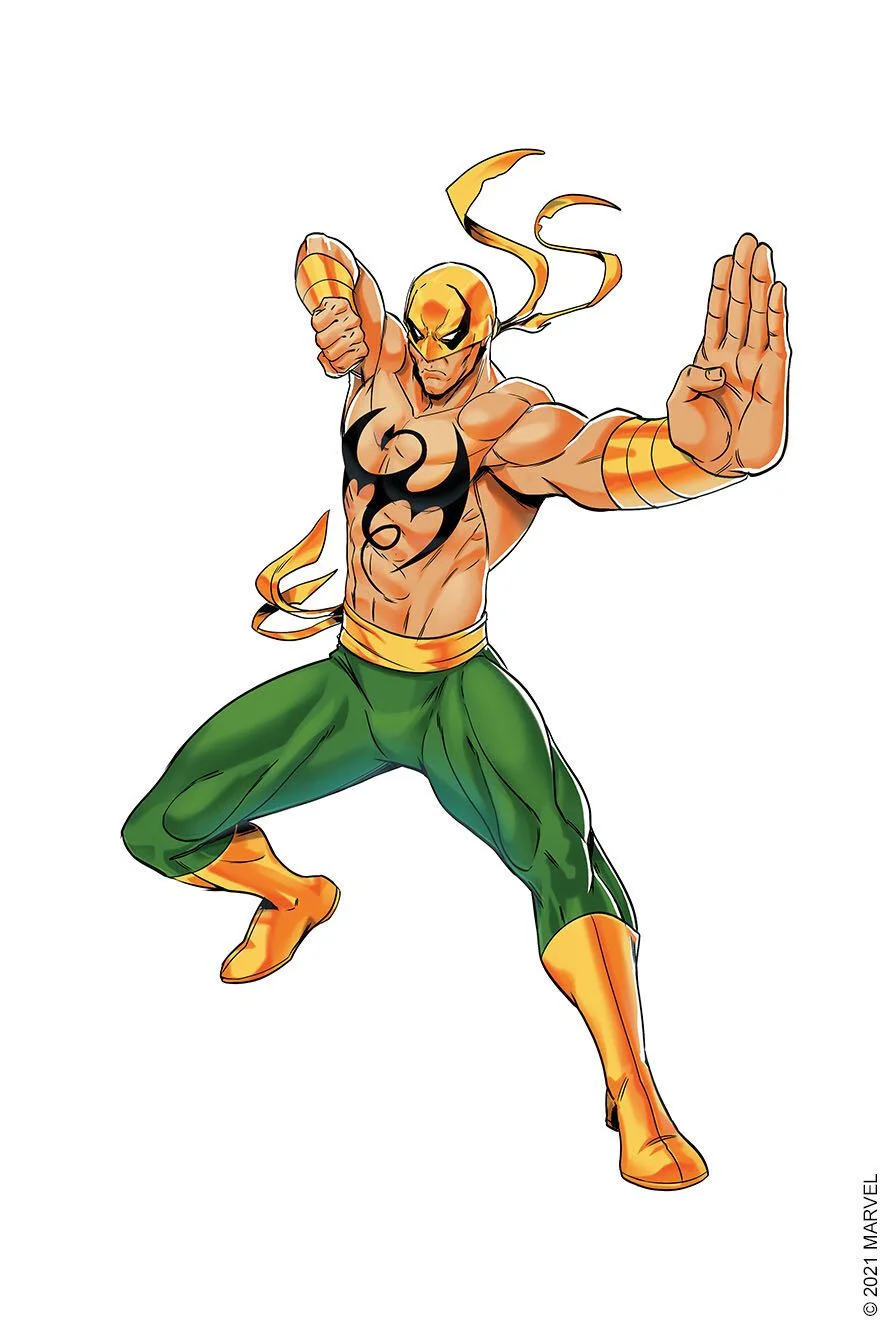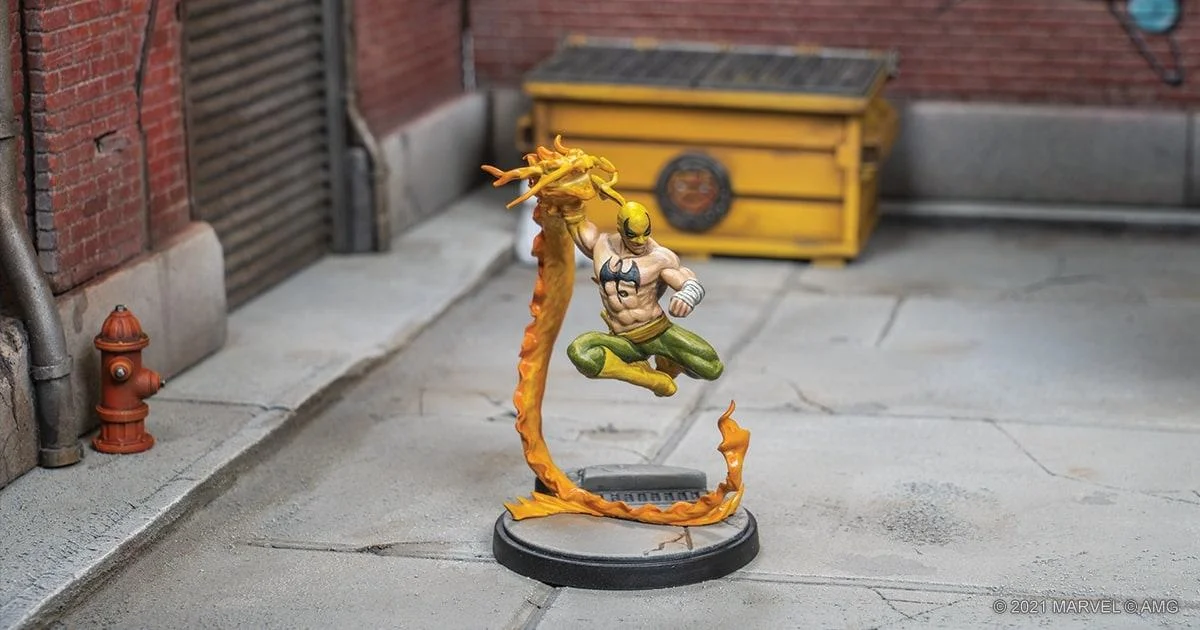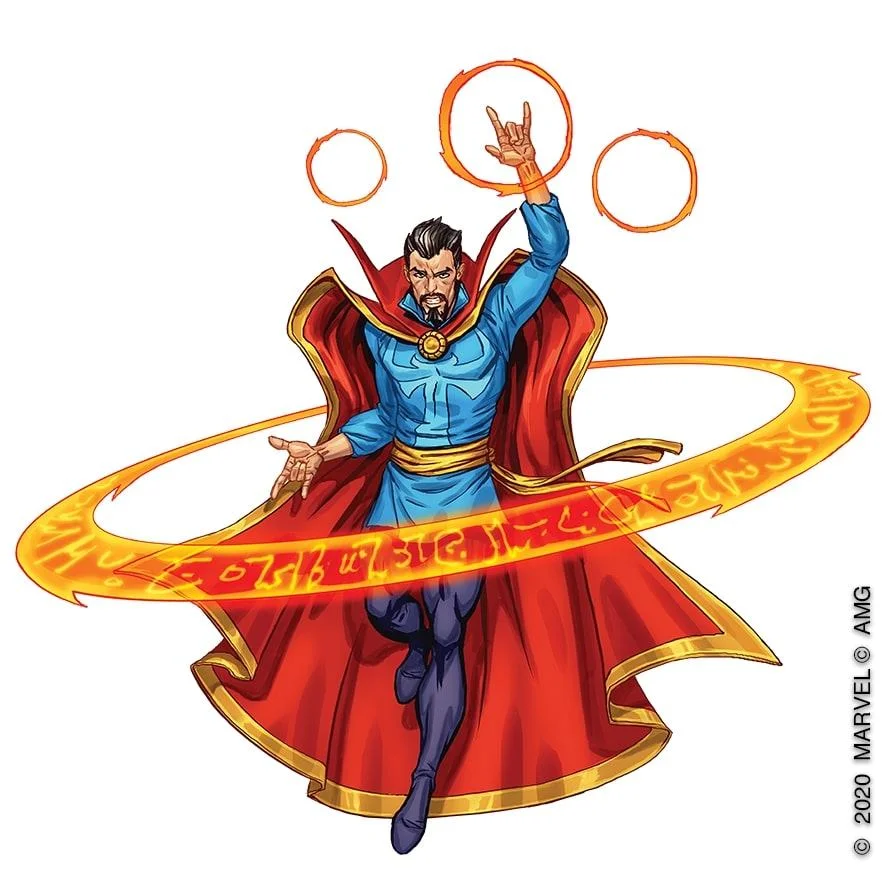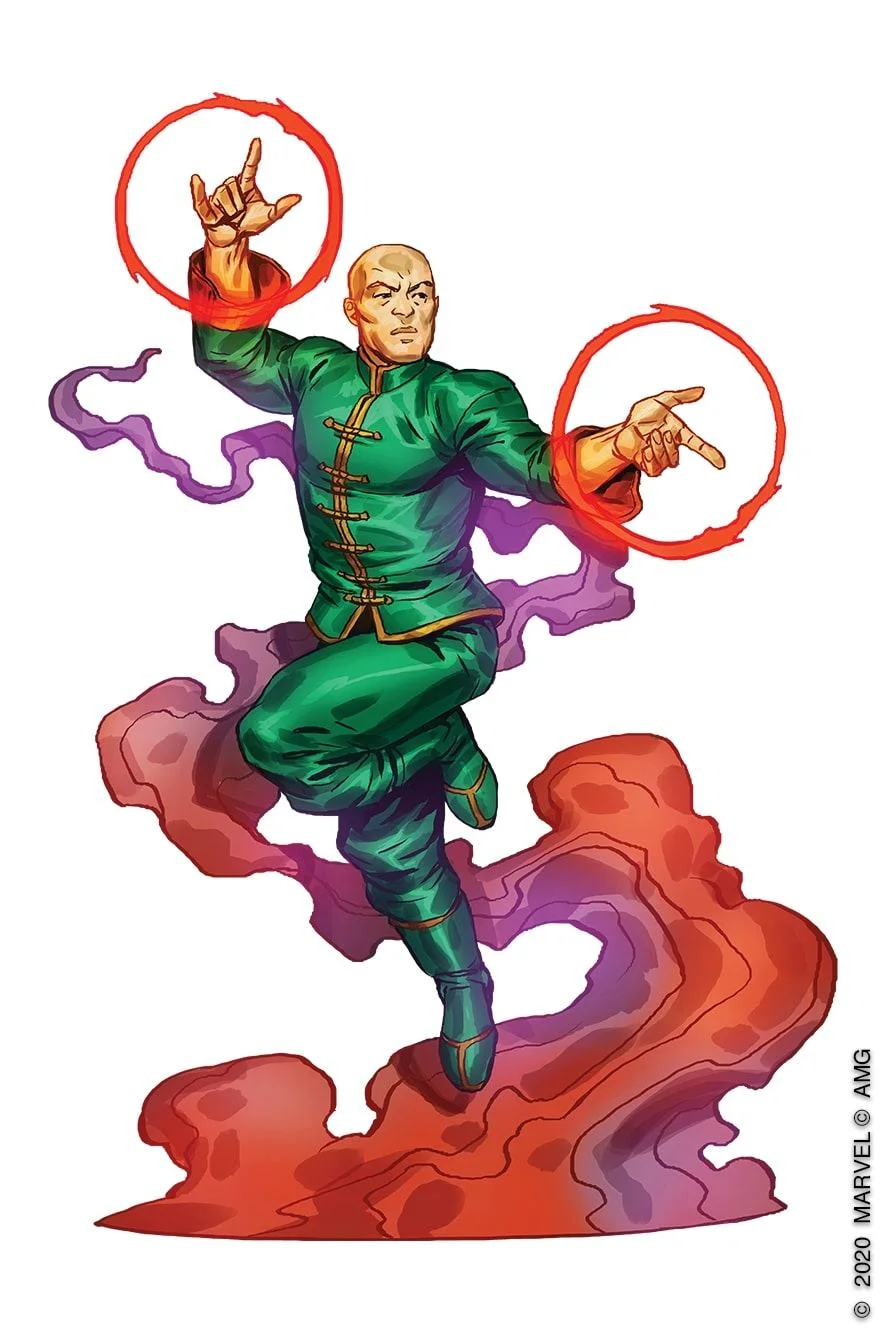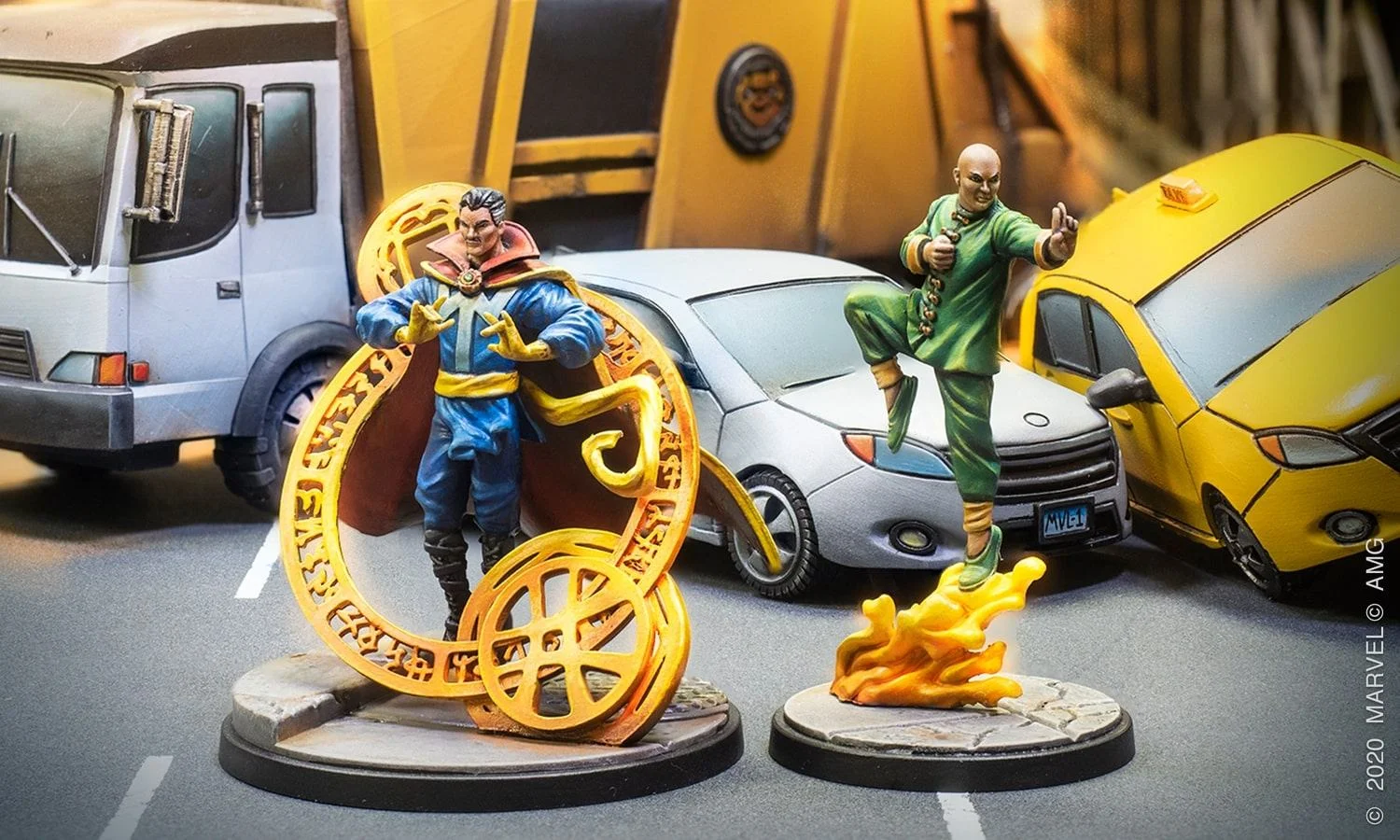CP37 Black Cat

They say it is bad luck when a black cat crosses your path. Well, the subject of today’s From Panel to Play is living proof!
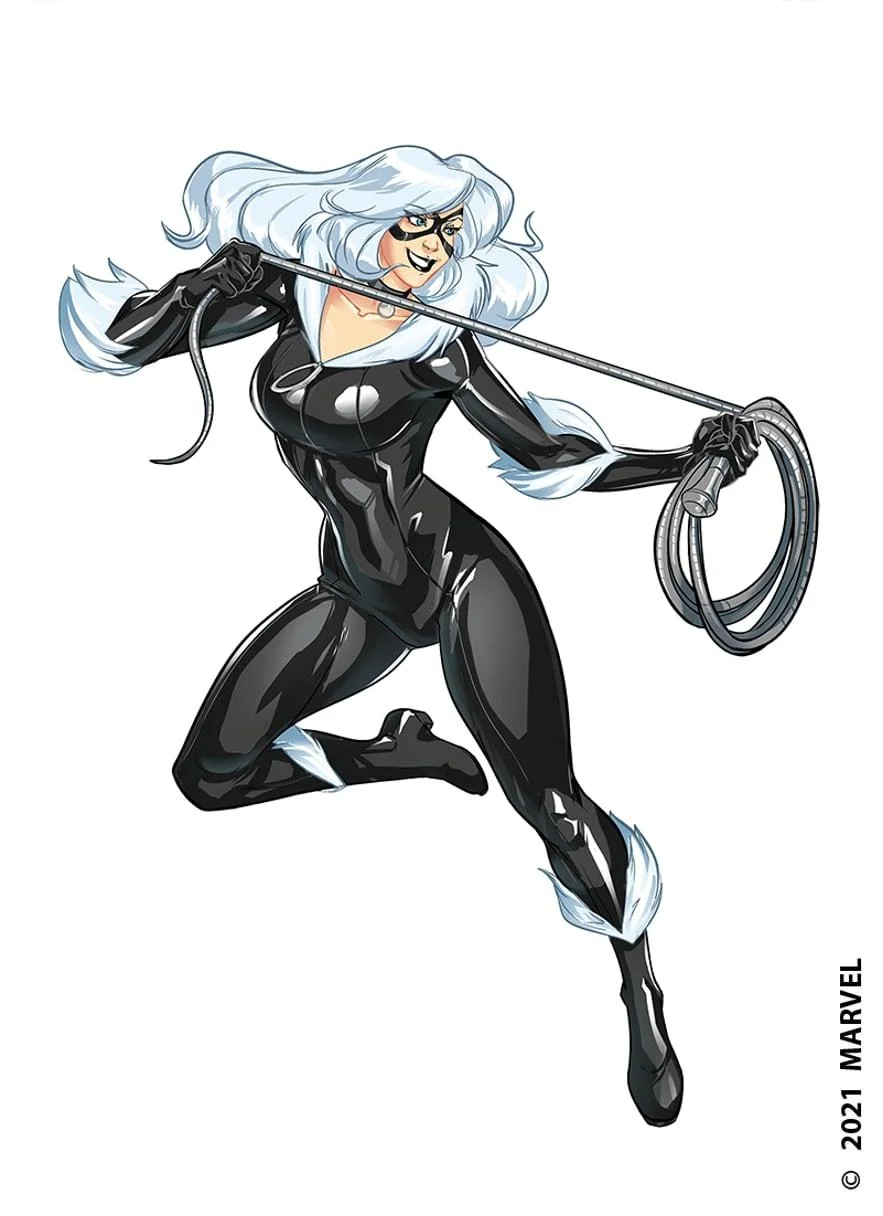
Felicia Hardy, daughter of an infamous cat burglar, initially used her athletic prowess to follow her father’s example in a life of crime as the Black Cat. When she wasn’t stealing priceless art or heisting a fortune in jewels, she enjoyed toying with Spider-Man. Despite standing on the opposite side of the law, Black Cat allied with Spider-Man against common foes, helping him to combat villains like the Kingpin and Doctor Octopus.
Never satisfied with her abilities, Black Cat was envious of those with great powers. She made a deal with Wilson Fisk in order to gain superpowers of her own, which let her inflict bad luck on those around her. Now, Black Cat struggles between her criminal and heroic natures, making her an unpredictable piece of New York’s superpowered scene and a bad cat to have cross your path.
A cat always lands on its feet. At least we hope so, otherwise Black Cat’s impressive mid-combat back flip is going to be a problem! Pushing a miniature’s ability to depict motion and agility, Black Cat is captured in the moment she’s leaping over a stupefied and unlucky mook’s head. Astute observers will notice the bit of webbing clinging to the girder she’s using as a springboard. It is a fun touch, because it is appropriate if Spider-Man is allied with Black Cat, but can also suggest she’s just dodged away from a web shot if she and Parker are on different sides of a crisis.
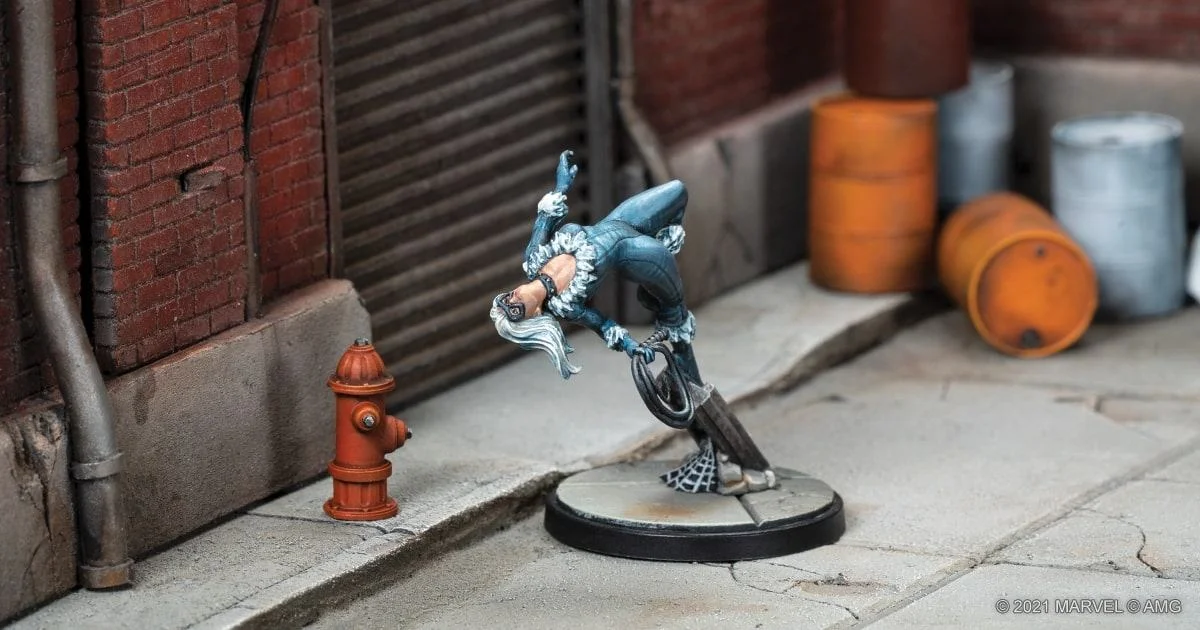
Felicia Hardy is a tricky cat to pin down. On the tabletop, she has numerous abilities to get her into—and out of—trouble. With an emphasis on evasion, a sprinkling of good old-fashioned robbery, and the ability to turn her foe’s luck bad, Black Cat is a troublemaker you’ll want to have on your side of a crisis.
Black Cat isn’t what you’d call a heavy hitter. She can ruin somebody’s day with a rake of her Cat’s Claws thanks to the Pierce special rule, but she isn’t on the team to dish out damage. This is proven by her Troublemaker attack, which lets her leave a target dazed and confused as she backflips away to safety. Though it hits at Strength 6, Troublemaker actually trades in the potential to deal damage for interesting special rules and effects. When it lands, Troublemaker is limited to a single point of damage, but leaves the target Staggered and lets Black Cat make a short advance thanks to the Elusive special rule. Bye, Felicia!
That’s not the only tricky way Black Cat can move around. No self-respecting cat burglar would be caught without a way to get to Wilson Fisk’s penthouse (that’s where he keeps all the good stuff), so Black Cat brings a nifty grappling hook. For 2 Power she can shoot a line to anywhere within Range 2 and reel herself in. It’s perfect for accessing open windows or getting clear of the path of a charging Venom.
Backflips and ziplines are fun and all, but Black Cat can also help immensely during a crisis by practicing the family business—larceny. Swooping in out of nowhere, she can steal whatever bit of world-threatening menace her opponents have conveniently collected for her. The Master Cat Burglar active superpower lets Black Cat pay 3 Power to pilfer an asset or civilian token from an enemy in Range 1.
The ability to steal assets (and victory points) is likely to paint a large target on her back. Fortunately for her, people that cross this Black Cat’s path tend to run a streak of bad luck: their bullets end up being duds, their punches miss the mark, and things just don’t go their way. The Bad Luck innate superpower reflects this, preventing attackers who target Black Cat from modifying their attack rolls.
That’s all for our look at Black Cat. Check back next time when we dive in with a closer look at yet another character for Marvel: Crisis Protocol!
Until then, Atomic Mass Transmissions, signing off!
